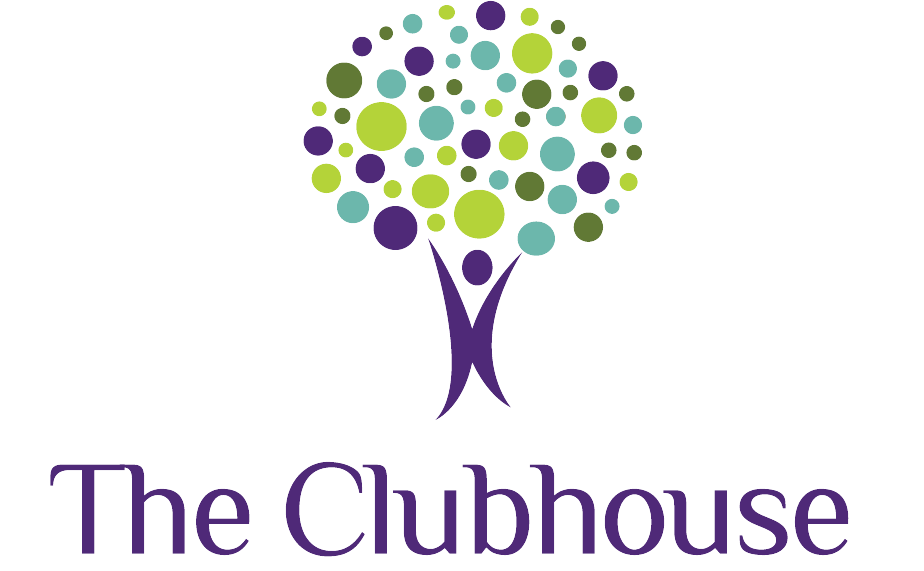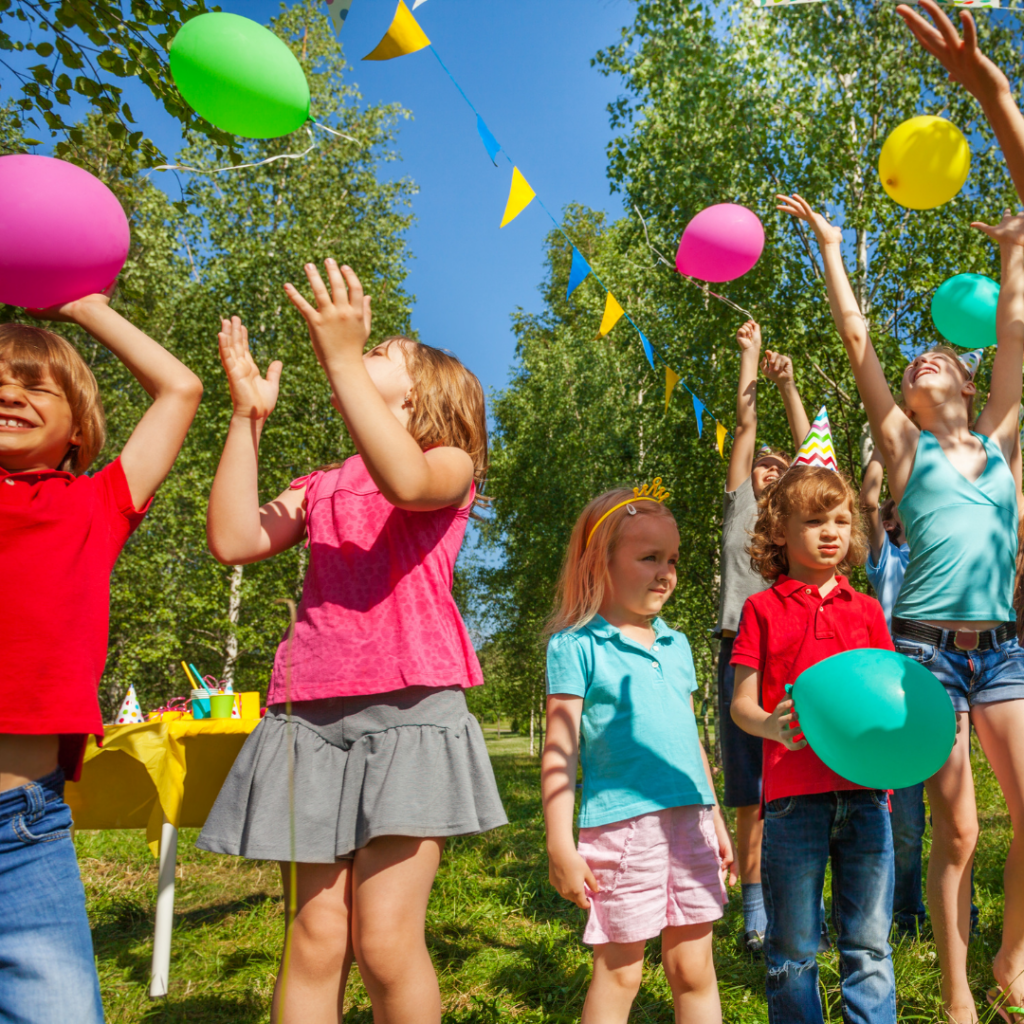One of the greatest misconceptions I’ve heard from families is that therapeutic toys must be purchased/expensive in order to be as effective as those found in the clinic. While there are a variety of larger and pricier pieces of equipment found in the clinic gym that you likely wouldn’t purchase for home, this certainly does not mean that you can’t carry out your child’s home exercise program using items already found in your own house. If there is one thing that I’ve learned over the past few months as we’ve all started trying our hand at virtual therapy, it’s that there are surprisingly a number of household items that can be used effectively for home programs. Treating babies and toddlers in Early Intervention has already set the stage for many therapists and families with ways to bring the clinic to the home; engaging in telehealth video calls with my older clients has only confirmed that you really don’t need to look too far to discover some basic but valuable therapy tools you likely already own! Below is a list of some of my favorites:
Bubbles: Bubbles can easily be incorporated into therapy sessions during the first few months of development or later on in your child’s life, as your little one begins walking or jumping.
-
Use bubbles to encourage reaching while your baby is first learning to sit up on their own. See if your baby can reach forward or out to the side to pop the bubbles and then return to an upright sitting position without falling.
-
Try catching bubbles on the wand and holding them just out of reach to encourage those first steps! If your baby can pull to stand and cruise along furniture, bubbles are a great way to encourage reaching outside their base of support and to encourage prolonged standing after support is removed. The longer your baby can stand on their own, the closer they usually are to taking independent steps! In past sessions, I have even taken a clean wand and had baby hold one end while I held the opposite end to promote standing with only the mutual support of holding the same wand or taking a few guided steps.
-
Once your child is already walking on their own, you can demonstrate popping them with your feet for promoting single leg stance/static balance. By age 3 years, a child should be able to balance on one foot for ~3 seconds without falling, just as a reference point. I like to count out loud with the child “1,2,3” while they balance with their opposite foot hovering in the air before they pop the bubble, as this helps prevent them from “cheating” and prolongs the actual time spent balancing on one foot.
Bubble Wrap: Bubble wrap is a great tool for teaching jumping or expanding your child’s early jumping skills. Start saving bubble wrap from all those Amazon packages and put it to great use with your little one!
-
Tape a few sheets of bubble wrap to the floor and work on jumping forward or up and down in place onto the bubble wrap. The sound of popping the bubble wrap allows for great auditory input, and if jumping barefoot, the texture of the wrap also incorporates some tactile input as well for waking up those smaller (“intrinsic”) muscles of the feet. These muscles also need to get strong to strengthen the arches of your child’s feet.
-
Encourage your child to walk across the sheets of bubble wrap to improve their heel strike. For children that toe walk or tend to drag their toes, I like to have them try “penguin walks”- walking with their toes up and heels down, to strengthen the muscle that runs in the front of the ankle (tibialis anterior), which helps with toe clearance during gait. This is a great exercise for kids who do tend to trip and fall when catching their toes on uneven surfaces.
Beach Ball: A beach ball is a great tool for little ones who are just learning how to corral a ball on the floor (around 12 months of age) or older kiddos who are practicing kicking a ball (around 18 months and up- can really start this skill as early as when they first start walking or standing independently). Because a beach ball is so lightweight, it travels more slowly and allows your child more reaction time for motor planning. When kids get older, I have used a partially deflated beach ball in place of a Dynadisc/wobble disc to stand on (two feet or one foot balance). This is a great tool for ankle strength and proprioception of the feet and ankles (knowing where your body is in space).
Painter’s Tape: Visual cues are extremely helpful for most children when working on skills like jumping, hopping, and balancing. At home, I’ve had many parents ask me what they can use as a floor marker/visual target for their child to practice jumping onto. I love Painter’s tape because it can be placed down on a variety of surfaces in the home and it peels off clean without any sticky mess left over (be careful with electrical tape and some masking tape, as they can be a pain to peel off!). I have used lines of tape spaced apart at specific distances to work on broad jumping with kids or hopping forward on one foot. Recently, I made an agility ladder out of tape at home and had some of my patients do the same. We found this to be a great way to work on jumping, hopping, and other agility skills during our telehealth sessions. If you’re looking for ideas on how to use the ladder, YouTube “agility ladder drills” and there are many helpful videos! Painter’s tape can also be used to make a balance beam or zig-zag line on the floor to have your child try to step across without stepping off.
Storage Bins/Shoe Boxes/Step-Stools/Couch Cushions: I love using any and all of these items for different activities pertaining to a variety of developmental milestones. When babies are first learning to crawl on all fours, I like to elevate their little hands onto a couch cushion on the floor (if your cushions can be pulled off) or onto a bin or stool in order to help them attain a four-point, quadruped position. This is a foundational position for being able to crawl forward on all fours. I’ve also had parents “build” mini-stairs out of their couch cushions and had baby practice crawling up and down! If your baby is walking independently, you can line up a few shoe boxes or empty, shallow storage bins and have them try to step reciprocally into and out of each container to work on hip strength, single-leg balance, and carry-over to stairs. Sometimes I suggest that parents place some “sensory” items into the bins and have their child try this barefoot to help with building their arches. I’ve had families use dry rice, pasta, beans, water beads, water with sponges, and Playdoh, just to name a few. It sounds obvious, but step-stools are a great way to work on stepping up and down from one single step, which can be great to carry over to navigating the stairs. I like to use a step-stool as part of an obstacle course. Once the child is standing on top, I have also had them try to squat down to pick up puzzle pieces and place them in a board to strengthen their hips (squats while standing on an elevated stool poses a greater challenge than squats while standing on the floor!). Additionally, have your child practice jumping down off a step-stool with assistance as needed. Typically developing children should start jumping in place and down from a low stool around age 2 years, for reference.
Laundry Basket: A laundry basket can be weighted down as needed (put the bottle of detergent inside) and use as a push toy for babies who are learning to walk. If you child is independent with pulling to stand and has started cruising along furniture with decent control in both directions, you might want to see if they will push a laundry basket, with your help, to practice taking a few assisted steps. With older kids who are already independent walkers, I use this same idea as a “heavy work” task- I weigh the basket down even more and have them push and pull it all over the room. This helps with core and upper body strength as well as proprioceptive input to the joints. Working on kicking a ball but don’t have a soccer goal at home? Tip your laundry basket on its side and use it as a soccer goal!
Would your child benefit from working with one of our physical therapists? Contact us today to schedule an evaluation or complimentary screening!
Written by Jessica Tarence, PT, DPT


